195 vs 215 Tires
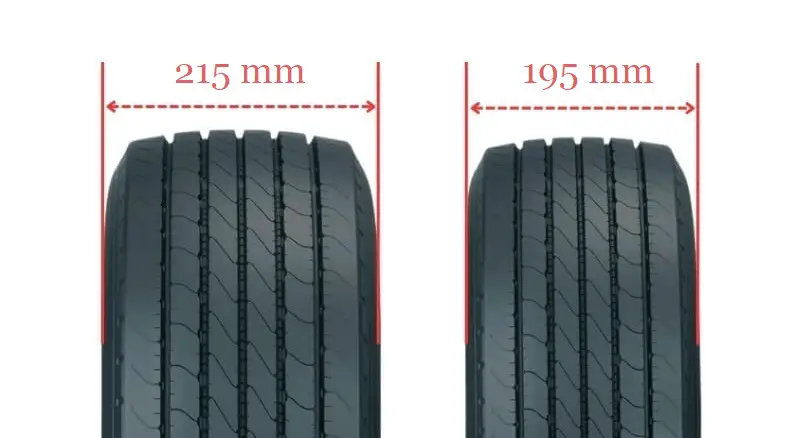
The primary distinction between a 215 tire size and a 195 tire size is the width of the tire. To be precise, the 215 tire size is 30 millimeters wider than the 195 tire size.
This variation in width has an impact on the overall height of the tire, which can affect the vehicle’s handling, performance, and appearance.
215 vs 195 tires
| 215 Tire | 195 Tire |
|---|---|
| Slightly lower Fuel Efficiency, due to increased weight and rolling resistance | Slightly better Fuel Efficiency, crucial for daily commuting |
| More comfortable with wider contact patch and taller sidewall | Slightly less comfortable with narrower contact patch |
| Aggressive, sporty look with chunkier appearance | Sleeker appearance, less bold and muscular |
| Improved stability, especially at higher speeds and off-road | Better handling, quicker response on paved roads |
| Surprisingly quieter, dampens vibrations better | Quieter at most speeds, less vibration dampening |
| Faster wear due to heavier weight, thicker sidewall resists curb damage | More even wear, potentially longer lifespan with regular rotation |
| Higher load capacity, ideal for larger vehicles and SUVs | Lower load capacity, suitable for regular passenger vehicles |
| Better traction in rain, snow, and off-road conditions | Effective in snow, narrower profile for cutting through, less effective off-road |
Gas Mileage
The 215 tires, with their larger diameter and width, may detract from fuel efficiency owing to increased rolling resistance and rotational mass.
Their heavier weight also contributes to lower gas mileage compared to the 195s. However, the difference of 0.79 inches in width is minor, so the impact may not be very significant, especially for everyday driving.
Overall, the 195s confer slightly better fuel efficiency, which is crucial for daily commuters.
Ride Comfort
The 215 tires offer a more comfortable ride than the 195s due to their wider contact patch of 8.46 inches compared to 7.68 inches.
This allows them to absorb bumps and irregularities on the road better. Their taller sidewall of 65.7 mm versus 60.3 mm also dampens vibrations well.
So passengers benefit from a smoother ride. However, the wider patch produces more drag.
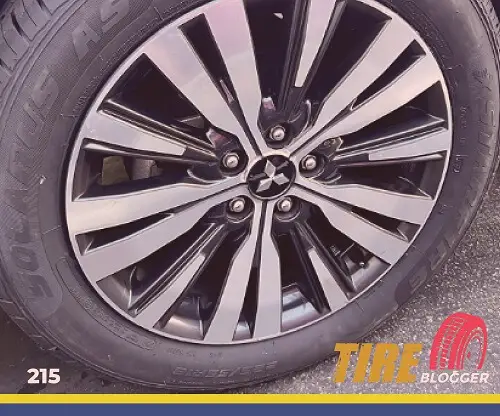
Aesthetics
Visually, the chunkier 215 tires lend a more aggressive, sporty look compared to the narrower 195s. Their pronounced curvature and sidewalls enhance the car’s profile.
However, being larger in size, they detract slightly from the vehicle’s sleekness and aerodynamic efficiency. Overall, the 215s provide more aesthetic appeal for drivers wanting a bold, muscular stance.
Handling & Stability
The 195 tires edge out in handling with their more minor contact patch and sidewalls, contributing to better grip, quicker response and easier steering input on paved roads.
However the 215s exhibit improved stability at higher speeds, in cornering and braking, owing to their larger footprint. Off-road, they gain vastly superior traction and control. On balance, they deliver better stability.
Noise & Vibration
Despite their aggressive tread, the 215 tires surprisingly run quieter than the 195s at most speeds. But over poor surfaces, their wide tread does generate some noise.
Additionally, their increased air volume and flexing sidewalls dampen vibrations better, leading to a smoother ride. So ride quality favors the 215s while the 195s operate more silently.
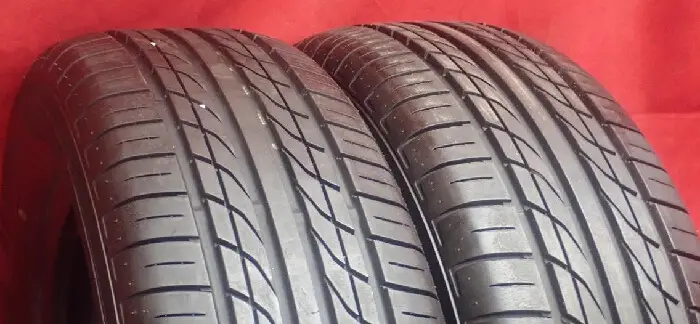
Durability & Wear
The 215 tires show more rapid wear owing to their heavier weight straining components and larger contact patch experiencing more friction.
But their thicker sidewall makes them more resistant to curb damage. Overall, the 195s exhibit more even wear and can potentially endure longer. Regular rotation can further prolong the 215s’ tread life.
Load Capacity
With its maximum width and larger contact patch spreading weight over 8.46 inches, the 215 tire boasts a higher load capacity than the 195.
More rubber on the road allows it to easily carry heavier cargo or more passengers without compromising performance. This makes it ideal for larger vehicles and SUVs.
Adverse Conditions
While narrower, the 195 tires can cut through snow effectively to grip the road. But the wider 215s gain better slippery traction via their large, stabilized footprint.
Their substantial tread also channels away more water and mud. Overall, the 215s perform much better in rain, snow and off-road conditions.
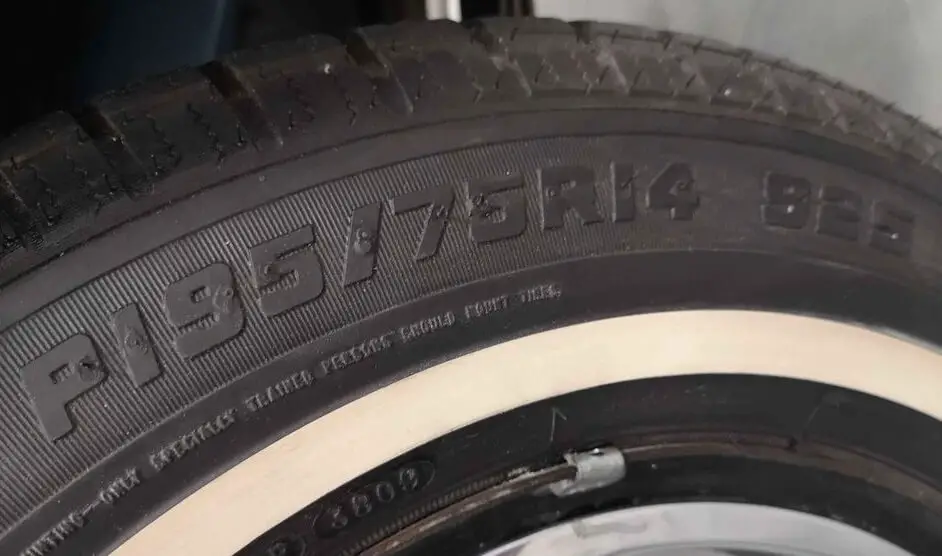
Difference Between 215 And 195 Tires?
The key difference between 215 and 195 tires is section width – 215 tires are about 0.79 inches (20mm) wider. This equates to a 9.3% increase over 195.
The wider 215 tires offer stability, load capacity, and aesthetics advantages compared to the narrower 195. However, 195 tires maintain edges in fuel efficiency, handling, and tread life over the equivalent 215 rubber.
How Tall Is A 215 Tire?
Lets assume 215 tires mounted on a 16-inch wheel and with a 60 aspect ratio, the sidewall height can be calculated as follows:
215 x 0.6 = 129 mm sidewall height
Since there are two sidewalls, the total sidewall height is 129 x 2 = 258 mm or 10.16 inches
Add the 16-inch wheel size, and the total tire height for this 215/60R16 tire comes out to 10.16 + 16 = 26.16 inches tall.
So, using this configuration, the 215 truck/SUV tire is about 26 inches tall. If the tires have different aspect ratios or rim sizes, the difference in height will be distinct.
How Tall Is A 195 Tire?
Let’s assume the tire sizes are in millimeters, have an aspect ratio of 60, and are mounted in a 16-inch wheel size. With these details, sidewall height would be 195 x 0.60 = 117 millimeters.
The total height difference between two sidewalls is 117 x 2 = 234 millimeters or 9.2126 inches. Adding the wheel size, the overall height is 9.2126 + 16 inches = 25.2126 inches. So, the height of the 195 tire size is 25.21 inches.
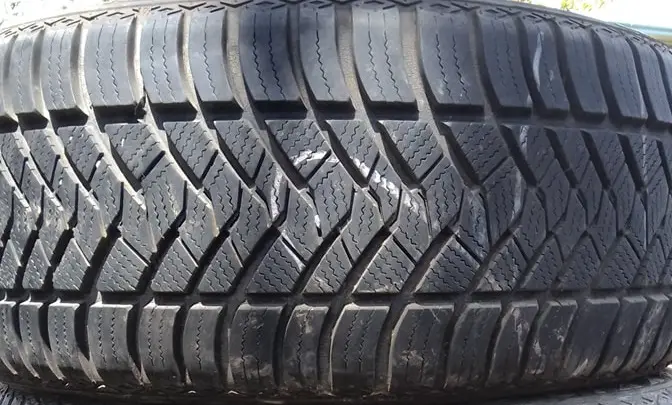
How Wide Is A 195 Tire?
The 195 tire has a width of approximately 7.7 inches (195 millimeters). This measurement, denoted as the first number in the tire size, indicates the tire’s width in millimeters.
How Wide Is A 215 Tire?
The 215 tire has a width of approximately 8.5 inches (215 millimeters). This measurement corresponds to the first number in the tire size designation and represents the tire’s width in millimeters.
What Is A 215 Tire In Inches?
The 215 tire size refers to the tire’s section width in millimeters – in this case, 215 millimeters. Converting this measurement to inches, a 215 tire equals about 8.5 inches wide. This measures the tread surface from sidewall to sidewall.
What Is A 195 Tire In Inches?
The 195 tire size indicates that the tire’s section width measures 195 millimeters across the tread from sidewall to sidewall. Converting millimeters to inches, a 195 mm tire equals a width of about 7.68 inches.
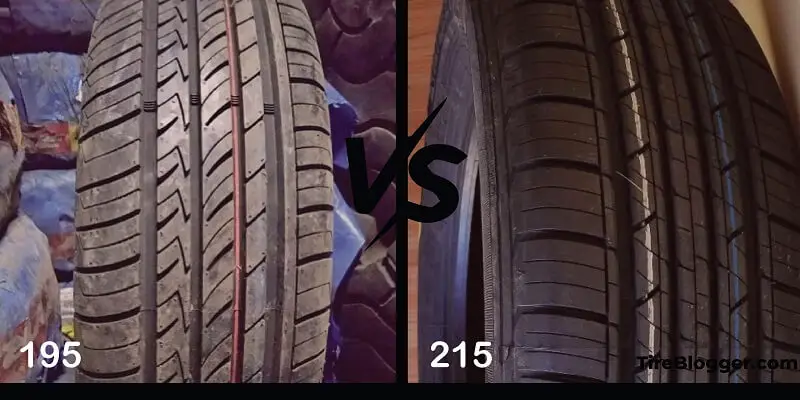
Our Observation
The 215 tires provide slight benefits for ride quality, stability, appearance, and load capacity compared to the 195. However, the 195 maintain also slight edge for drivers focused strictly on fuel efficiency, handling agility, and longevity.
For most motorists, the advantages of the 215 tires across comfort, capability, and aesthetics make them the best overall choice.
Only those obsessive about economy or autocross performance should opt for the 195 rubber. We recommend the 215 width for the majority of vehicles.

Meet Caitlin McCormack, a Tire Size Expert and Blogger Passionate About Everything Related to Tires. With Years of Experience in the Tire Industry, Caitlin Has Become an Expert in Tire Sizes and Their Impact on Vehicle Performance.
